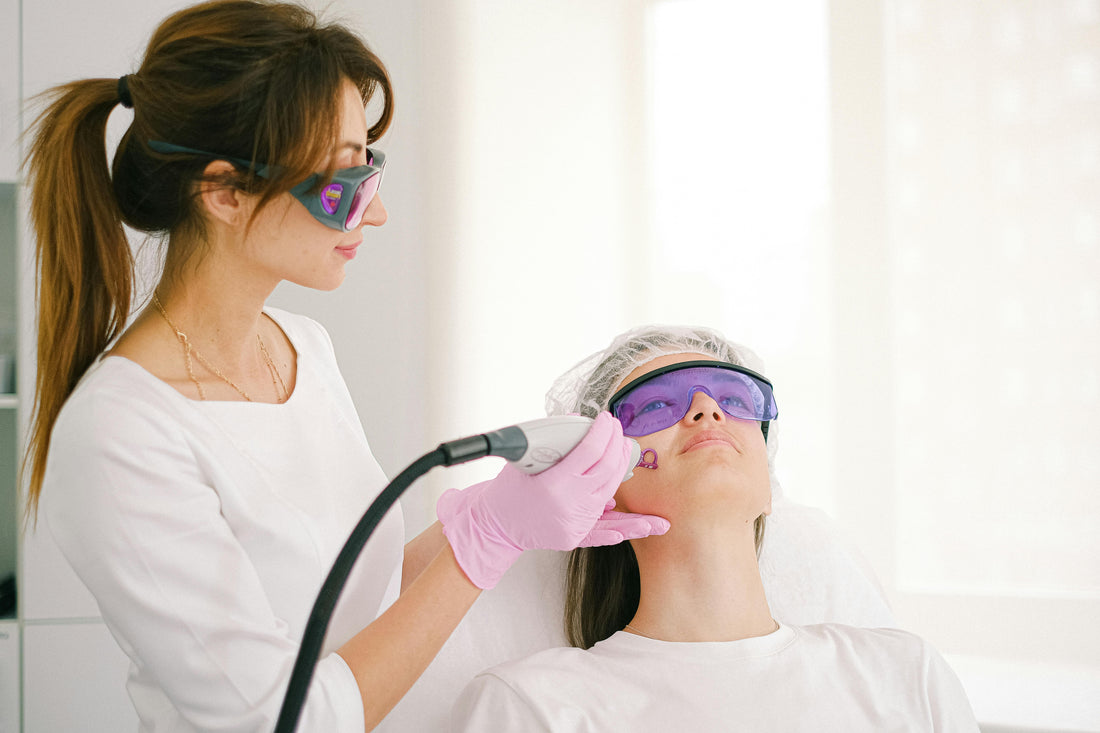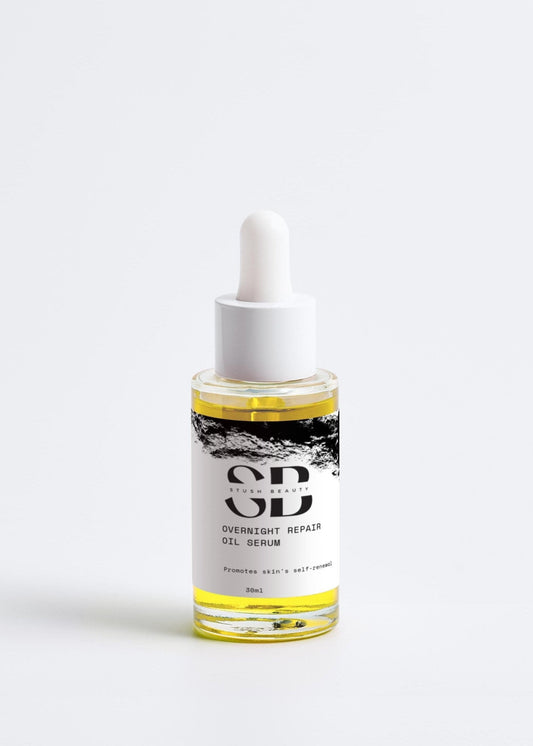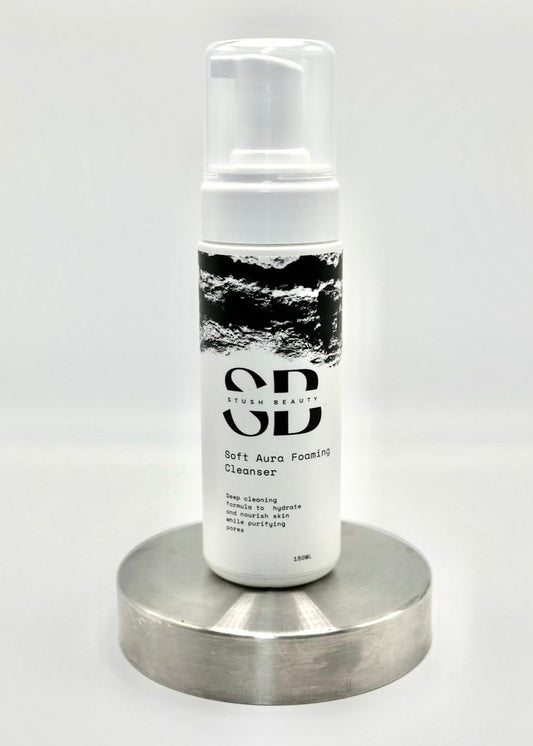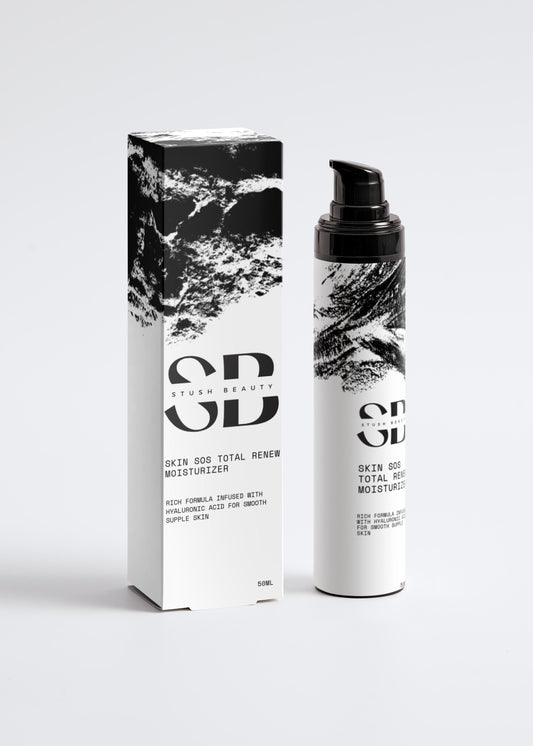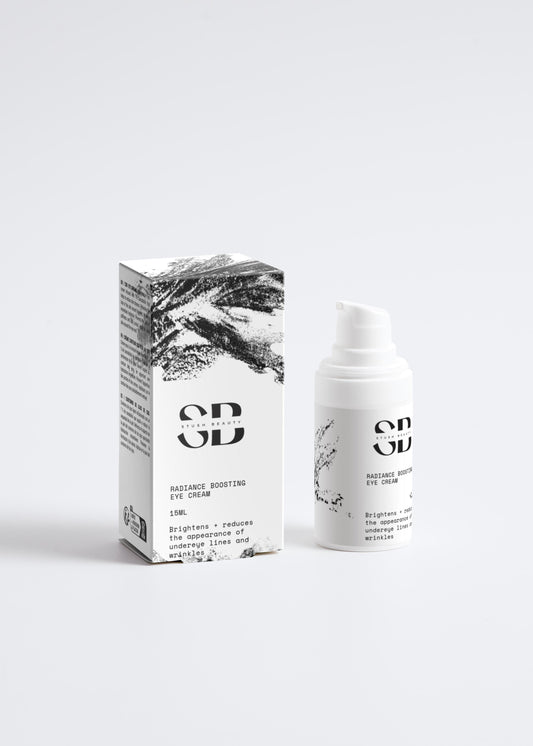Skin can be best understood as the armor of the human body. As we set out into the world, our skins endure a lot— such as sun damage, acne scars and unevenness. That’s where lasers come in. Best understood as beauty-enhancers, lasers work with your pre-existing skin and attempt to improve its texture, firmness and glow. There are several kinds of laser treatments and a thorough understanding of what each one does and how they differ from the other is essential to make the decision about which laser is best suited for your skin.
1.) Ablative Lasers
If laser treatments were a kingdom, ablative lasers would possibly be the most aggressive ruler! They destroy the outer layer of the skin known as the epidermis and heat the dermis that lies underneath. In addition to stimulating collagen production, this process facilitates the growth of fresh skin in the removed layers. If you’re battling with sun damage, acne scars and deeper wrinkles, ablative laser treatment is your best friend. However, if you have a darker skin tone, ablative lasers must be avoided as they remove the epidermis and can cause hyperpigmentation.
-
CO2 Lasers: By far the most intense laser treatment, CO2 lasers are used for deep wrinkles, severe sun damage and significant scarring. While the recovery time after CO2 lasers is usually longer, the sweet fruit of your patience is most instantly observed in sharper results.
-
Erbium Lasers: A not-so-aggressive ruler, erbium lasers are known for being not as intense as CO2 Lasers. With a shorter recovery time as compared to CO2 lasers, erbium lasers are used for fine lines, softer wrinkles, and certain types of scars.
2.) Non Ablative Lasers
In the hierarchy of the laser treatment kingdom, non-ablative lasers rank second. Unlike ablative lasers, non-ablative lasers don’t use damage and destruction to their advantage. They focus on the deeper layers of the skin and facilitate collagen growth without damaging the outer layer of the skin. This makes them safe for use by those with darker or melanated skin tones. Used for treating mild wrinkles, they are also effective in improving skin texture and improving pigmentation. Perfect for individuals who want appearance improvement with minimal recovery time, non-ablative lasers have fewer side effects but might require multiple sessions to acquire the desired results.
-
Nd Lasers: Following under the non-ablative laser family, Nd lasers are a one-stop solution for fine lines, wrinkles and pigmentation issues. They are also effective for treating spider veins and other vascular issues.
-
Diode Lasers: Are you looking for a laser treatment that helps with skin resurfacing and acne scars? Diode lasers are your go-to option! True to their name, diode lasers penetrate deeply into the skin and facilitate collagen production.
3.) Fractional Lasers
A close comrade of the ablative and non-ablative laser community, fractional lasers believe that long-term improvement is executed by taking tiny steps. They work with one fraction of the skin at a time and create tiny injuries without tampering with the surrounding tissue. Despite providing faster healing with lesser recovery time, fractional lasers continue to give significant results.
-
Fractional CO2 Lasers: With a faster recovery time than traditional ablative lasers, fractional CO2 lasers are equally powerful treatments that target deep wrinkles, scars and severe sun damage. Perfect for individuals who want effective results without much downtime, these lasers are also effective in treating fine lines and wrinkles.
-
Fraxel Lasers: A unique laser treatment that balances overall improvement with healing, fraxel lasers are effective in treating acne scars, fine lines and moderate wrinkles. They also help with pigmentation issues.
4.) IPL (Intense Pulsed Light)
If we look at the conventional definition of a laser treatment, IPL— or Intense Pulsed Light treatment— probably doesn’t fit in. However, since it uses light energy to rectify certain specific skin concerns such as pigmentation and redness, it is regarded as one. Like fractional lasers, IPL is perfect for people who want effective results with minimal recovery time. If you’re a busy person who wants to take care of your skin concerns without spending much time, IPL is a good option. For those with darker tones, IPL may not be the best option as it uses broad spectrum light to target melanin, the pigment that controls skin color. This may lead to burns, hyperpigmentation and in rare cases, even scarring might occur.
Thus, while laser treatment is effective for several skin issues, it’s important to make a judicious decision about which laser is best for your personal skin type, especially because they’re not a one-size-fits-all solution.
